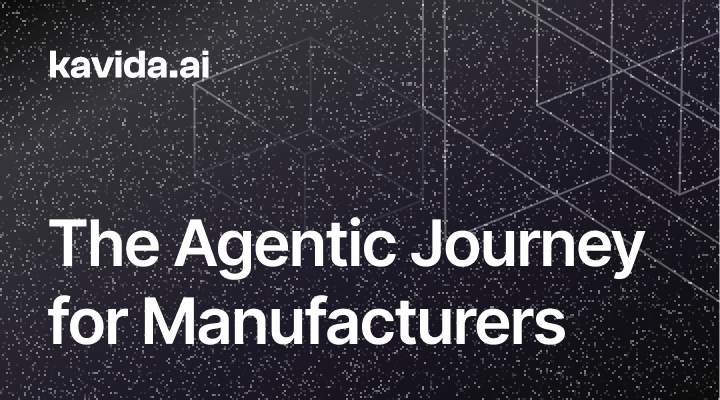
ANNOUNCEMENT
QAD Redzone acquires Kavida — our Agents have joined the Champion AI family
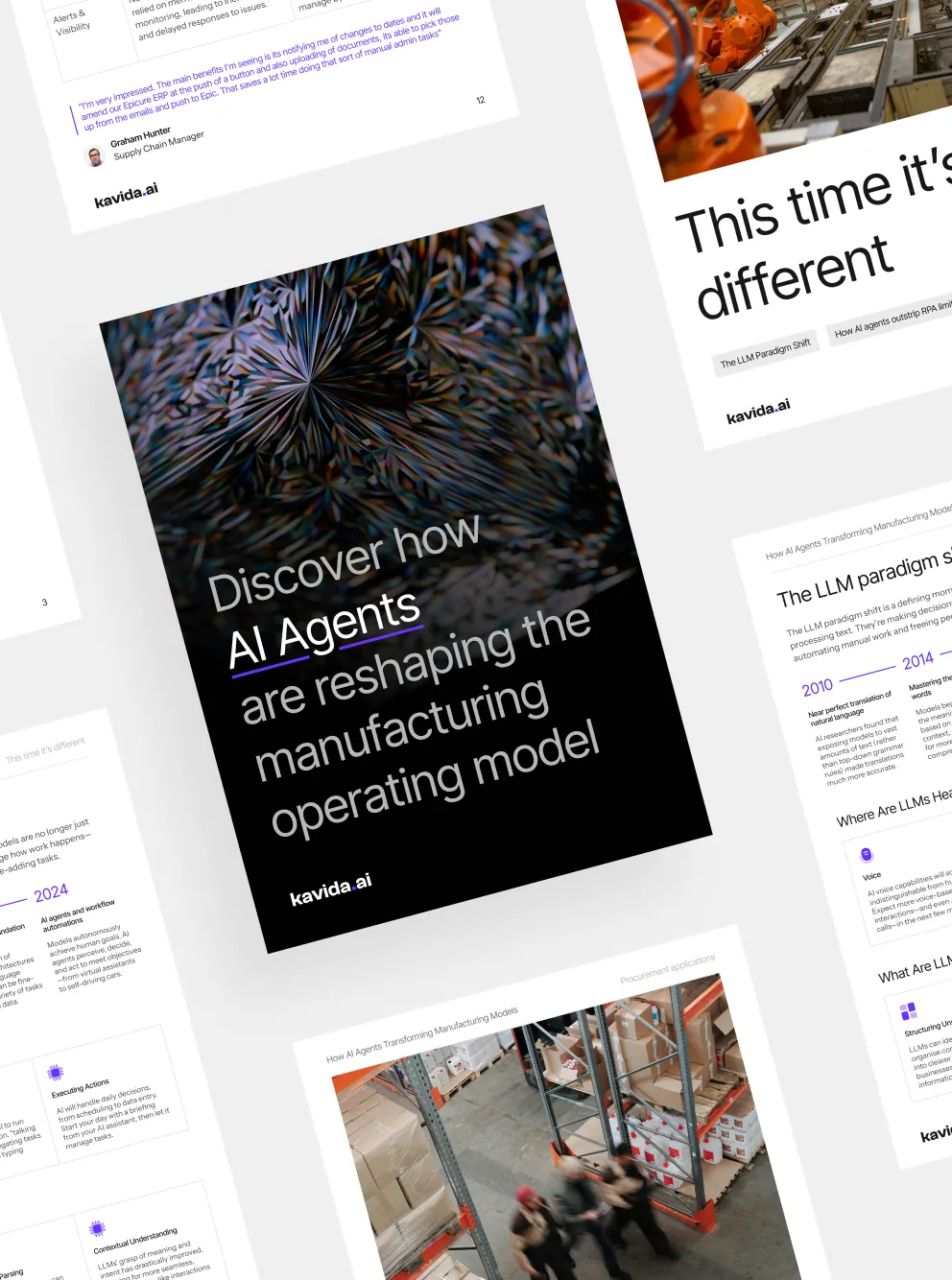
Discover how AI agents are reshaping the manufacturing operating model

Hi, I’m Alison!
Share your details, and I’ll give you a call in minutes to see how we can assist.

Why AI Will Be Your Most Valuable Teammate - And How to Build That Relationship
July 29, 2025
7 min read
Author:

Deana Claessen
Community Manager, Kavida.ai
Author:

Deana Claessen
Community Manager, Kavida.ai
Why AI Will Be Your Most Valuable Teammate - And How to Build That Relationship
Table of Contents
Toggle
Whatever AI you are using right now is going to be the worst AI you will ever use.
And that’s the exciting part.
Because from here on out, it only gets better — smarter, faster, more capable. We’re on an exponential curve, and we’ve barely left the base.
AI can see, hear, read, write, talk, even browse the internet. It’s no longer just a tool you click into. It’s an agent. An assistant. A digital teammate that can be given a task like chasing suppliers or reconciling invoices, and it just… does it
We’re Asking the Wrong Questions About AI and Work
According to the World Economic Forum, AI and automation are set to create 50 million new jobs by 2030, even as other roles phase out. The way we work will be reimagined, redefined, and in many cases, augmented.
And yet, the instinctive question many are still stuck on is:
“Will AI take our jobs?”
Reframe that, and we could be asking:
“What could I achieve with AI that makes me better at my job?”
“How do I train my AI to become the most useful asset I have?”
The opportunity is enormous — if we can learn to collaborate.
AI in the Modern Workplace
Founders use AI to stress-test their investor decks. Lawyers rehearse negotiations with simulated opponents. Product teams A/B test ideas before they even write a line of code.
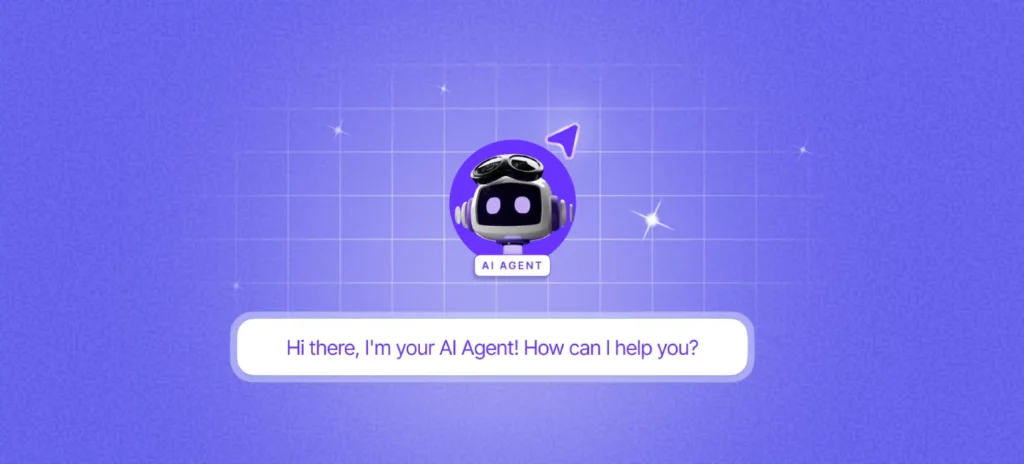
This isn’t hypothetical, it’s happening right now. And in all likelihood, if you’ve tested out AI in your work or even use ChatGPT, you’re part of the reason it’s happening faster.
Your inputs, your insights, corrections, workflows — don’t just shape your experience. They shape the frontier of what AI agents can do across industries.
You’re not just a user. You’re already a trainer. A co-creator.
How AI Agents Are Different From Traditional Software
Let’s take a step back and understand how AI differs from traditional software.
Traditional software is designed around configuration. The software gets dropped in, and you adjust your processes to fit its logic. The goal is predictability. Once it’s set up, it runs the same way every time — which is great for consistency, but bad for flexibility. If you want it to do something new, you usually have to escalate to engineering or tack on another expensive module.
With agents, the paradigm flips.
Instead of fitting into your process, agents learn your process. They are trained on how your team actually works — not just the SOPs, but the messy bits: the edge cases, the unspoken workarounds, the “this always happens with that supplier” moments.
Agents evolve over time to reflect how your team really operates, adapting through ongoing interaction and feedback. The goal is compounding intelligence.
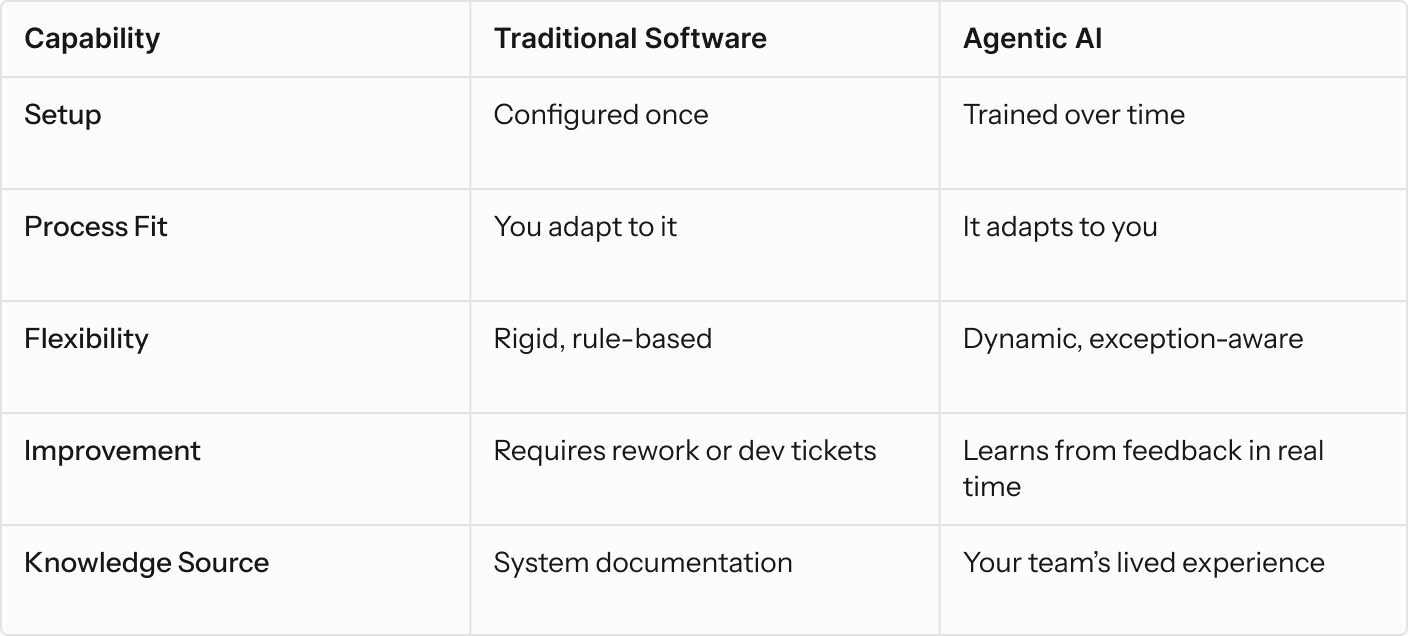
Be the Human in the Loop
Your judgment, your critical thinking, your ethical lens — these are irreplaceable. And when paired with AI, the results speak for themselves.
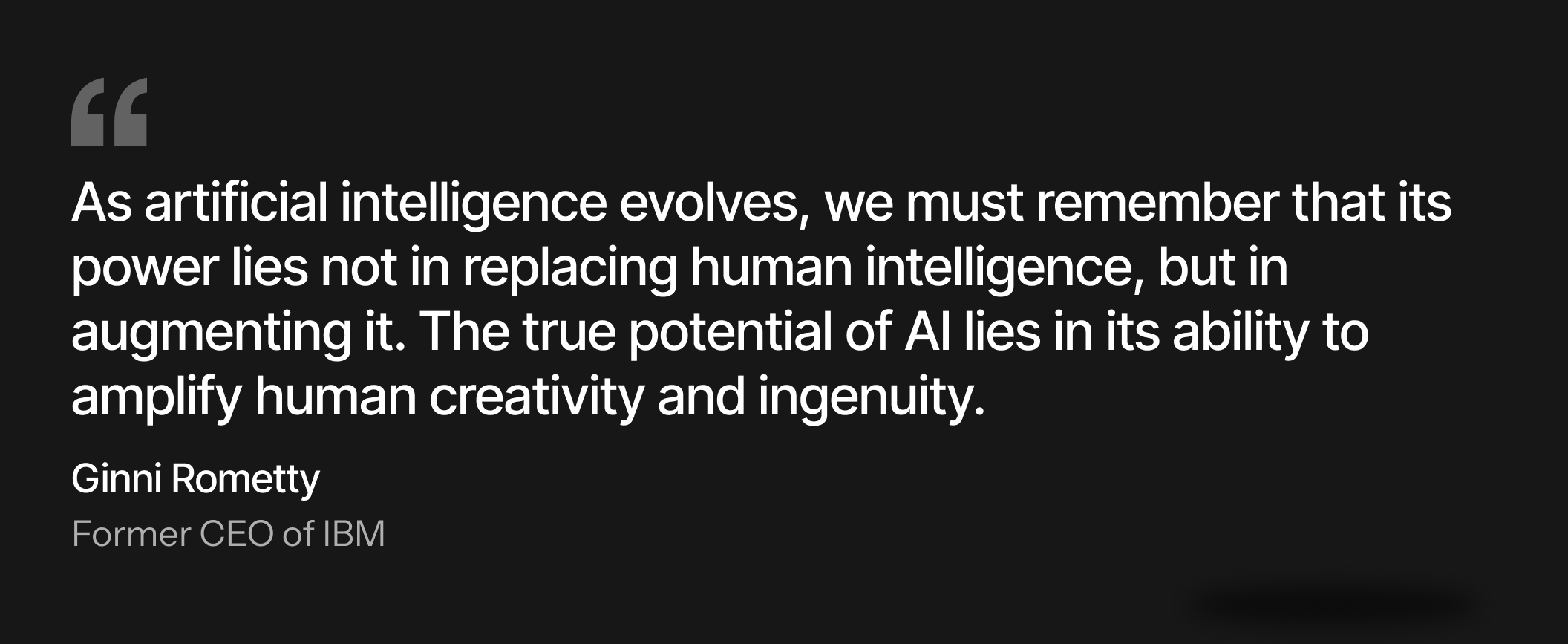
So yes, you’re still very much needed. Just in a different way.
The Forward-Deployed Engineer
There’s a new role emerging in the AI world: the Forward-Deployed Engineer (FDE).
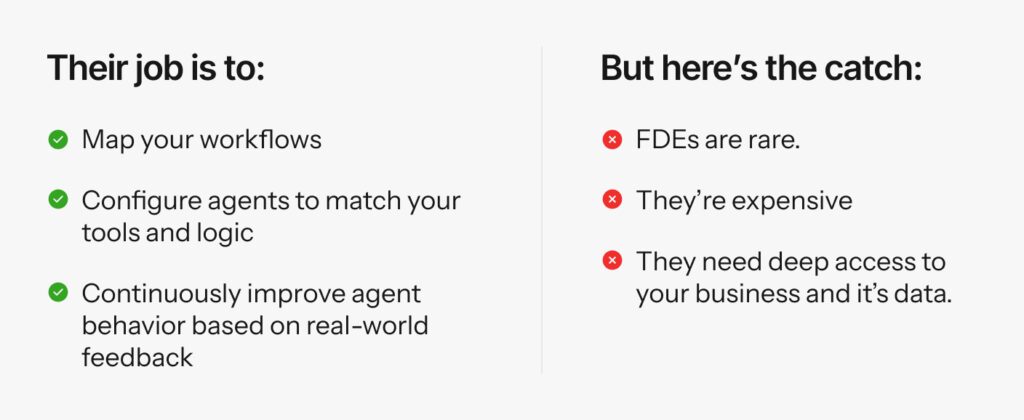
That’s why we’re taking a different approach at Kavida.
What Deploying A Digital Teammate Looks like at Kavida
At Kavida, we deploy AI agents purpose built for procurement, so let’s break down what it really means to “deploy” an agent:
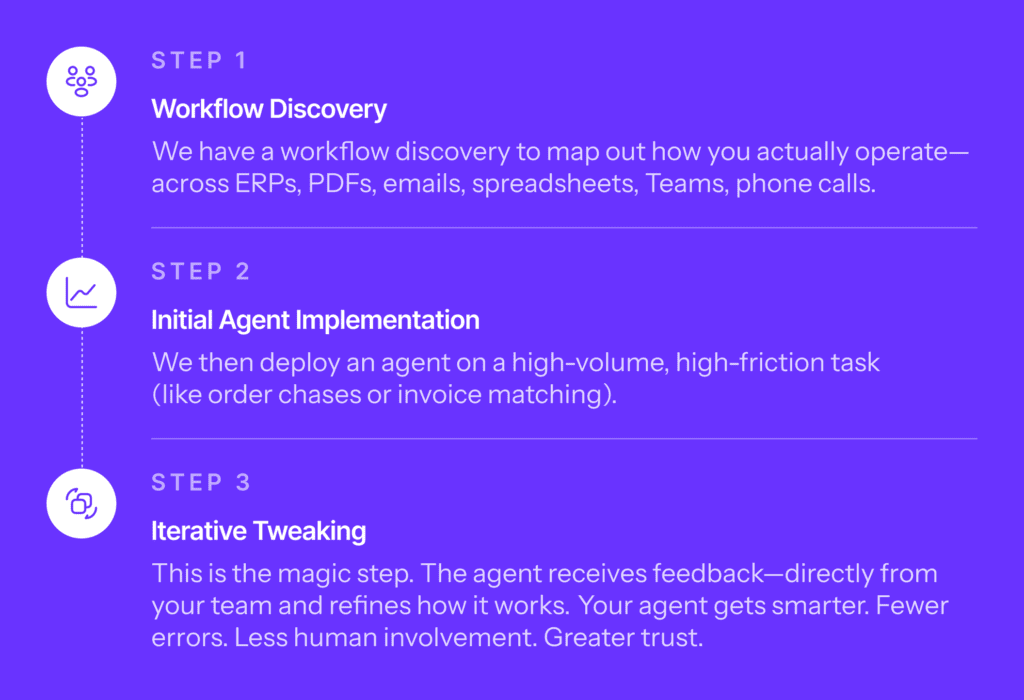
How This Feedback Loop Becomes a Valuable Working Relationship
How would you onboard a new teammate? You show them how you do things. You explain the exceptions. You give them feedback. Over time, they get better.
“Training an AI agent” sounds intimidating. But it’s really no different.
Every correction, every clarification, every “next time, do it this way” moment becomes part of the agent’s learning.
It’s how you build a relationship with your agent.
We’ve made this feedback loop ridiculously simple. You don’t need to prompt engineer, code, or even think too hard about what to say. You just need to speak, as if training a new team member.
Why the Human-AI Relationship Matters
Even if AI didn’t progress another step beyond where it is today, it would still be one of the most powerful tools you’ll ever work with.
Because the value of AI isn’t just in the tech. It’s in the relationship you build with it. The back-and-forth. The feedback. The micro-adjustments that make it click with how you work, not how a system thinks you should work.
Just like with any great teammate, the magic happens over time — through trust, collaboration, and shared context. You don’t get that from one-off interactions. You get it by treating your AI agent like a part of the team.
The future of work isn’t fully autonomous. It’s co-intelligent.
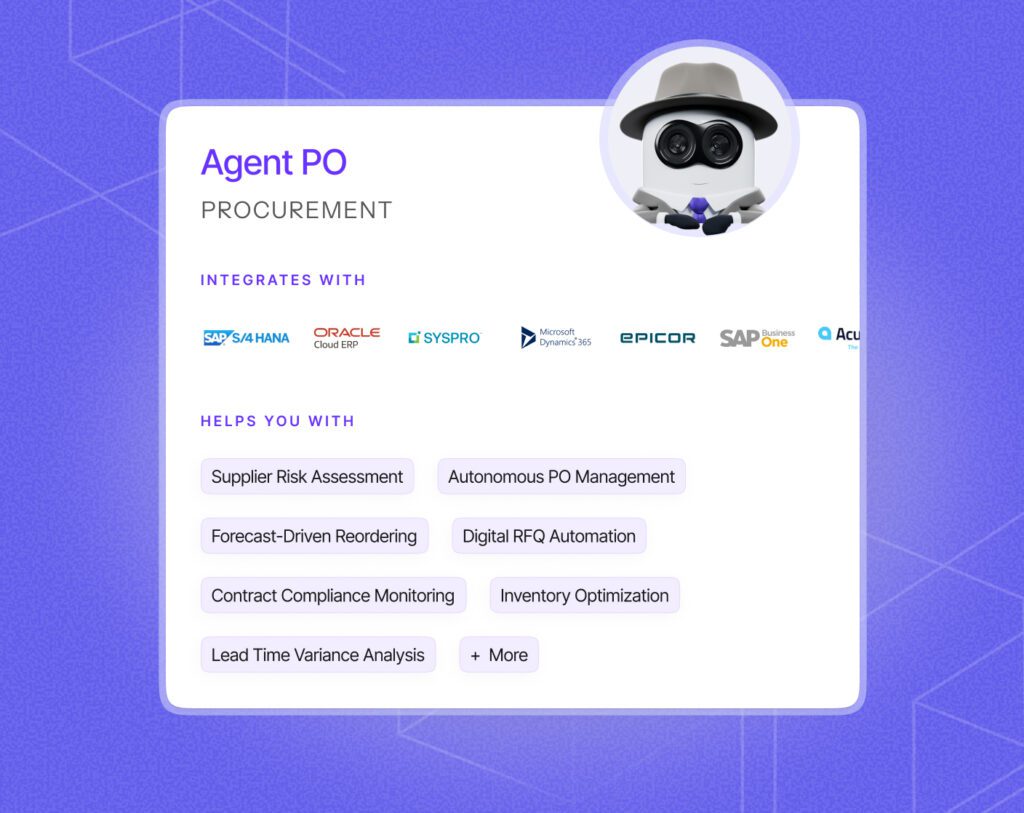
And the people who’ll thrive in that future aren’t the ones who know the most about AI — they’re the ones who know how to work with it.
Why AI Will Be Your Most Trusted Teammate - And How to Build That Relationship
Table of Contents
ToggleRelated articles

The Agentic Transformation Journey in Manufacturing
Procurement leaders today need more than just efficient workflows—they need insights that drive smart decision-making. For decision makers...
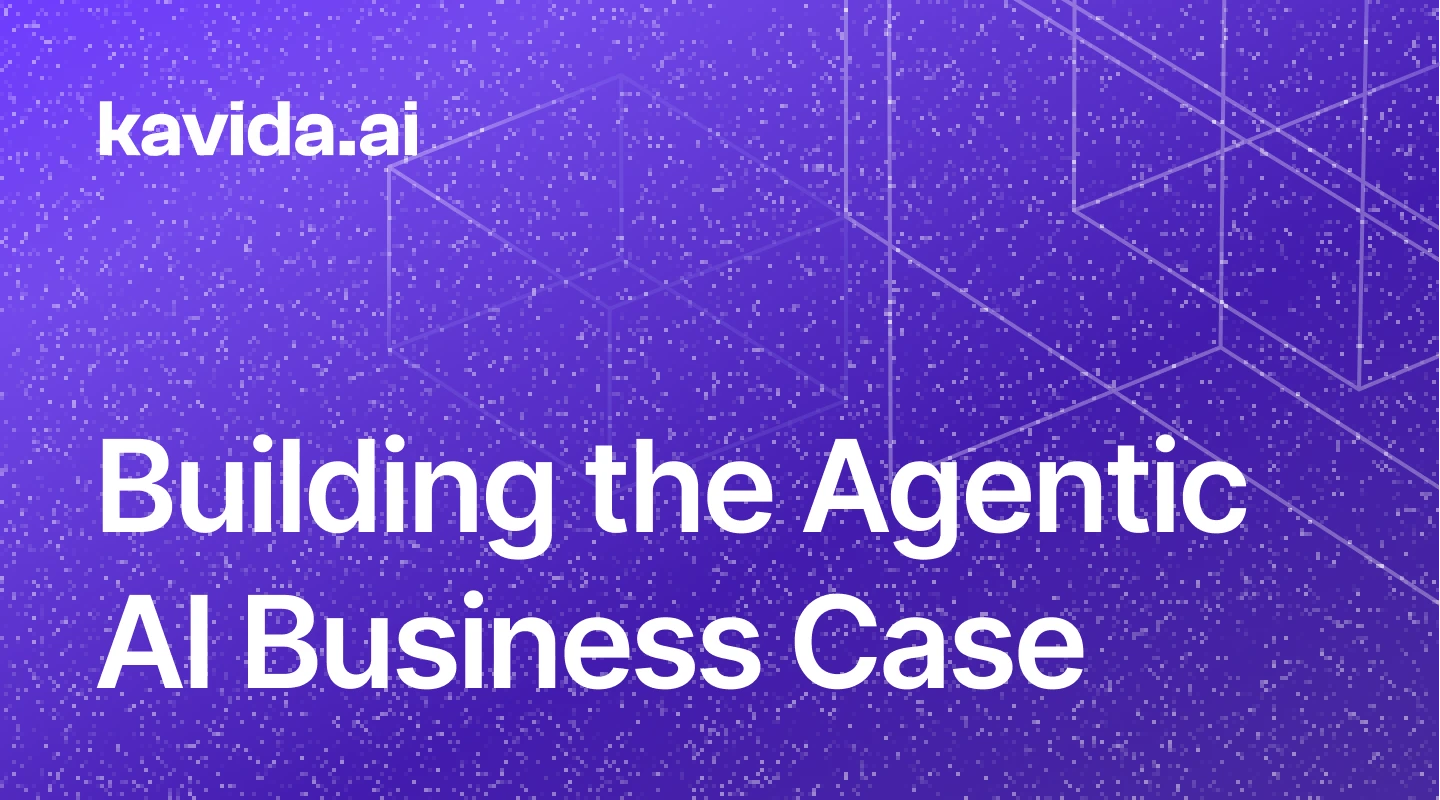
A Procurement Champion’s Guide to Building the AI Business Case
Procurement leaders today need more than just efficient workflows—they need insights that drive smart decision-making. For decision makers...
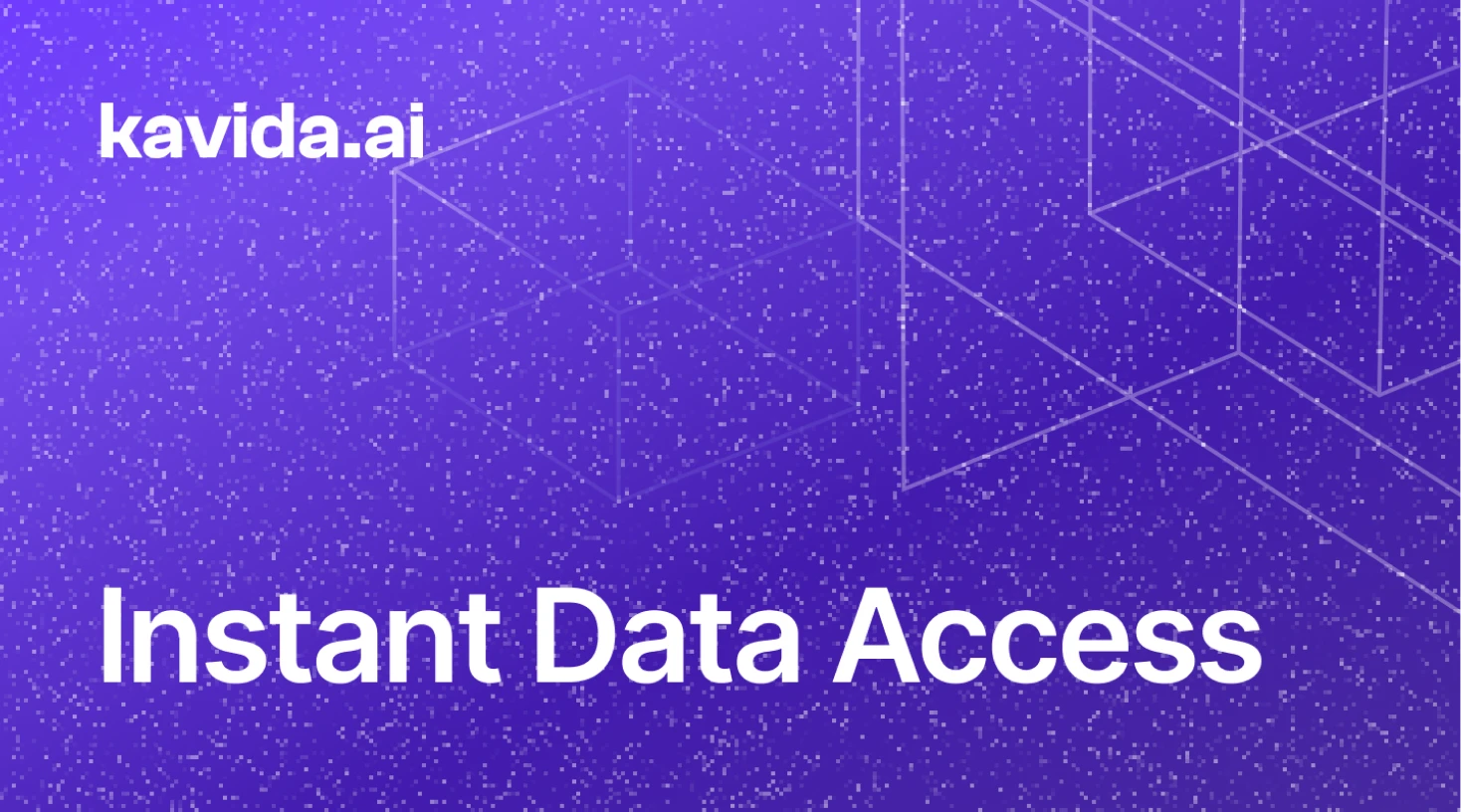
Integrating Multiple Systems for Faster Decisions & Instant Data Access
In today's fast-paced business world, procurement and supply chain teams need to make decisions quickly and accurately. But for many organizations...
